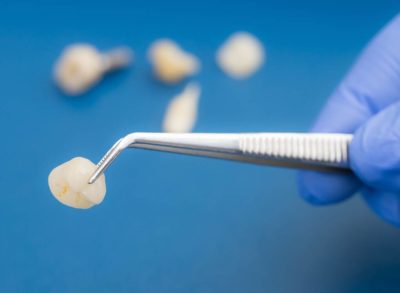A plastic inlay is the third possible option for tooth filling and an alternative to ceramic inlays and composite fillings. Visually similar to the ceramic inlay – thus aesthetically very alluring – the plastic inlay moreover captivates with higher resistance as a composite filling since it is reinforced with fibreglass.

Especially plastic inlays are recommendable for larger damages in the tooth posterior region since their abrasion against composite fillings is essentially less, but not that less than with ceramic inlays. Of course, for plastic inlays it will be precisely considered that the occlusal and contact surfaces to the neighbouring teeth will be optimal handled and formed.
However, there must be considered that plastic inlays are not considerably less expensive than ceramic inlays while the latter are many times over the stronger. For this reasons our patients rather chose the ceramic inlay because it is from its material characteristics essentially more durable and more resistant than plastics. The implementation takes place in the same sophisticated process like with ceramic and composite fillings. While gluing a cofferdam will be used (see cofferdam) – this is a rubber lug stretched on a frame that will be put over the teeth. As a result, the absolute dryness while gluing will be assured. This ensures to you that the adhesive bond practically never will come off.
